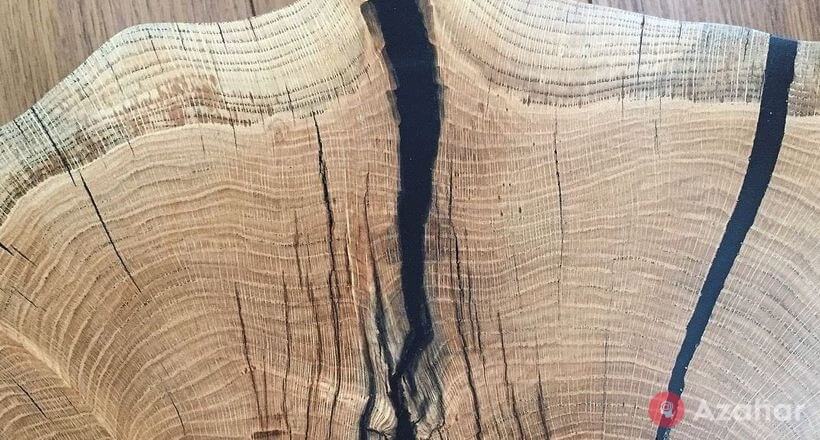Stained wood: moray wood, as you know, costs several times more than usual. But what is so valuable is contained in the trunk of the tree, which has been in the water 50, 100 or 500 years? And why the wood while in the water, defies the processes of decay, as it happens with her on land?
The paradox of stained wood
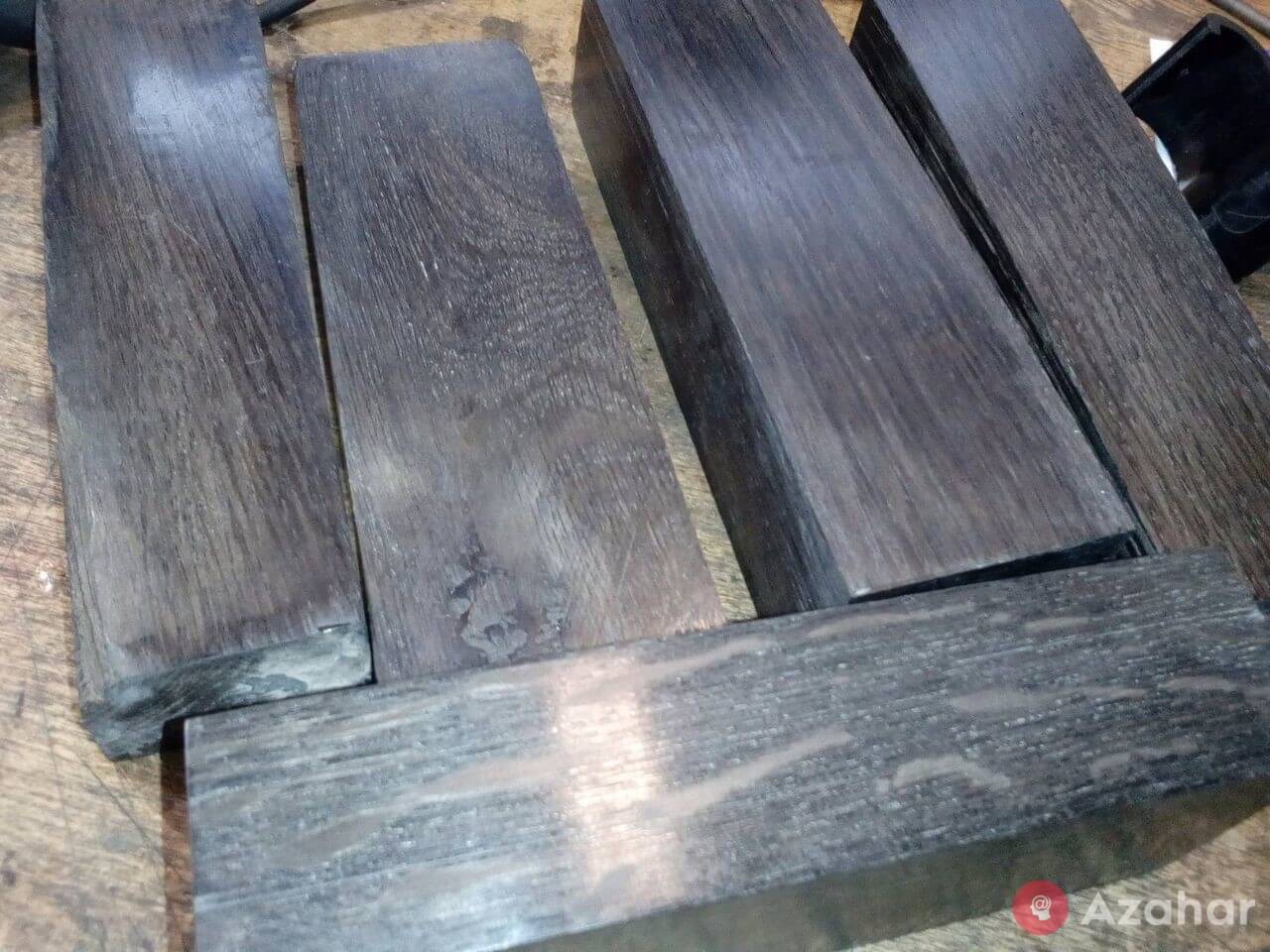
Today it is customary to call oil black gold, and in the pre-industrial era, so-called bog oak was used as a valuable building material from which durable houses were built. Although today, in the professional environment of woodworkers, bog oak wood is called black gold.
Moraine wood is a tree (a whole trunk or some parts of a tree) that has lain in water for more than 40-50 years. Such wood has special properties and is used to make exquisite figurines, caskets, interior items, and even jewelry. But not all types of trees that have lain in the water can produce quality stained wood.
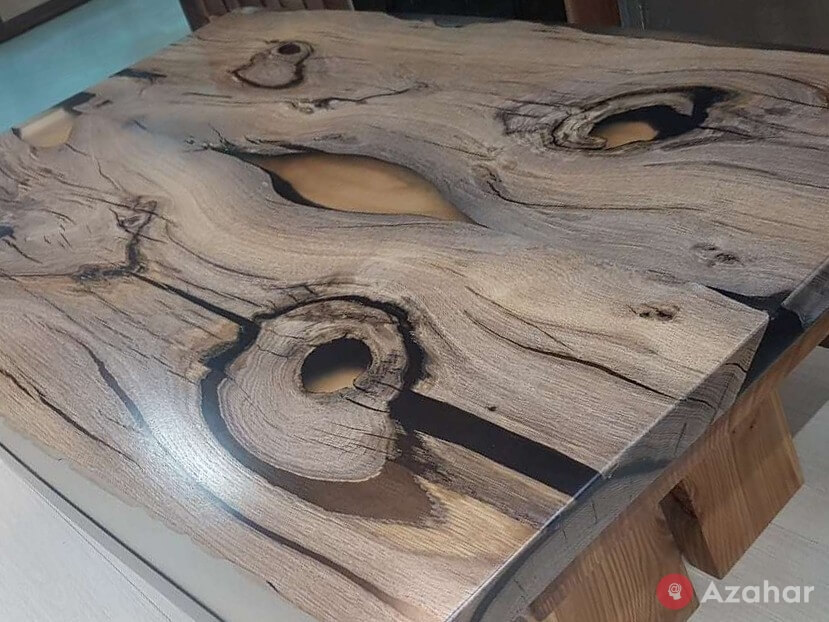
Traditionally, the most valuable bog wood species were bog oak and bog larch. The wood of these species has a high density, so heavy logs, if they fall into the water, sink to the bottom. This is very important because if a tree floats on the surface of the water, the process of decay inevitably begins.
But in the case of immersion of the trunk to the bottom, in water, and often under a layer of sludge in conditions of low oxygen content, specific processes begin to take place in the wood.
Transformation and preservation of wood is a long process that takes at least 40-50 years, and even better 200-300 years and the standing waters of lakes or marshes are optimal for it. Tannins contained in the bark of trees interact with salts contained in any freshwater.
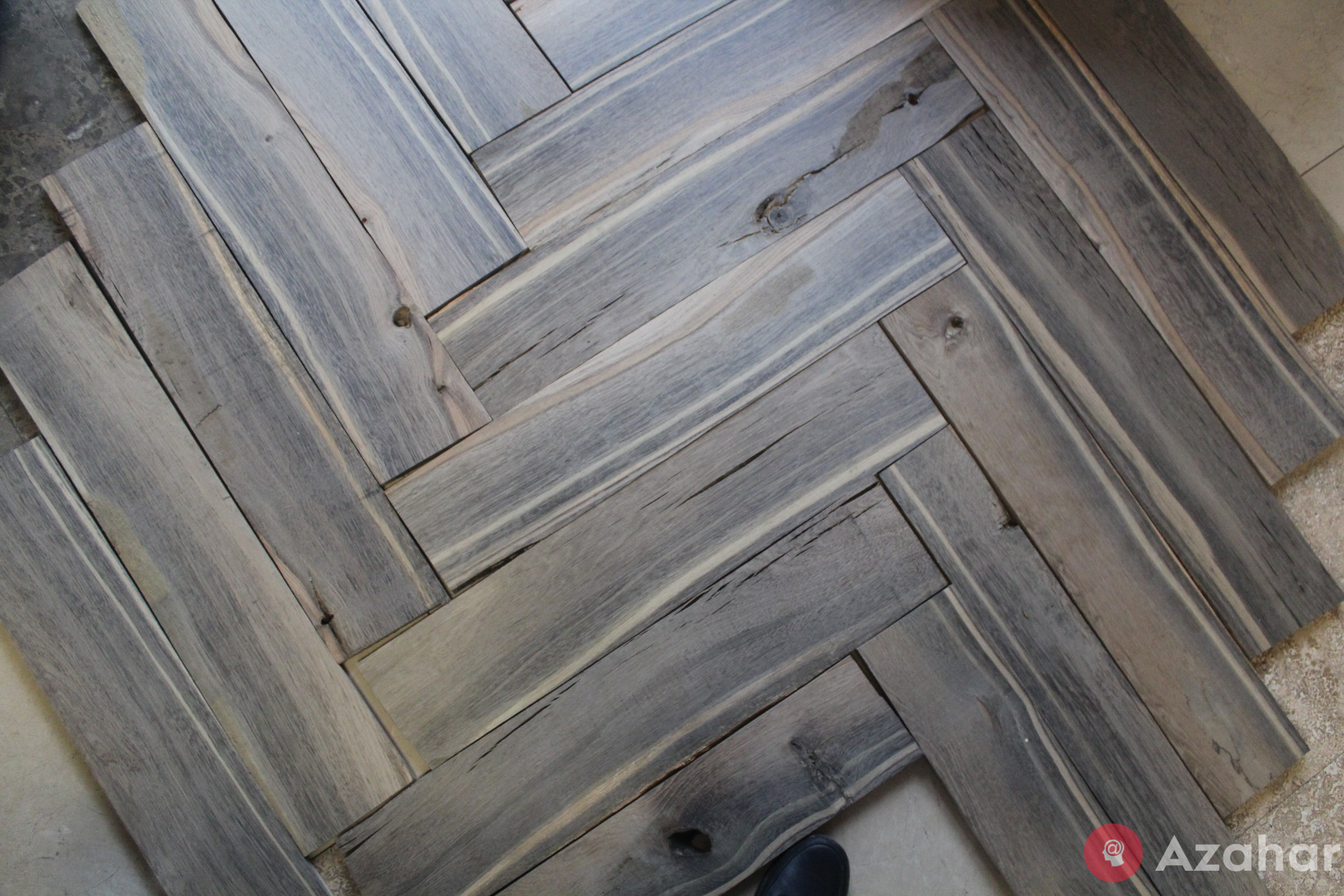
But the main problem associated with the extraction of moraine wood is the difficult process of lifting it from the bottom. Such trees are incredibly heavy, often buried under a thick layer of silt, and for their extraction in most cases, divers and special equipment are required.
But it is not enough to get the bog tree trunk out of the water; it must be properly dried. The fact is that the wood raised from the bottom of the reservoir needs to be dried slowly. Without a special delayed drying procedure, it cracks, fibers break, this wood no longer has any value. Therefore, according to experts, real quality stained wood should dry for at least a year.
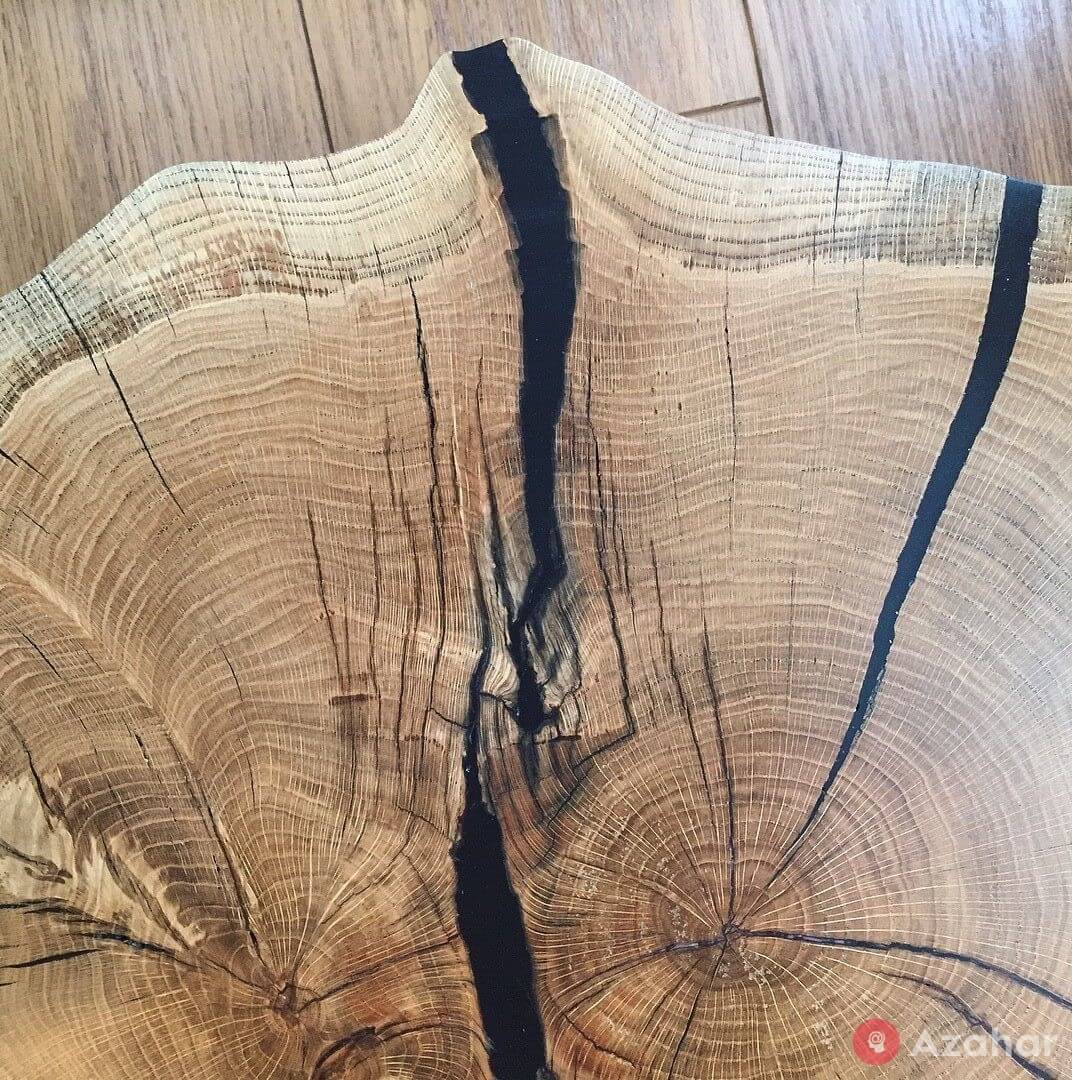
If in Europe valuable moraine wood has long been raised from the bottom, then in our country there are significant reserves of this valuable building material. The largest reserves of bog oak are concentrated in the rivers of the European part of Russia.
In addition to it, there are trunks of aspen, birch, pine, and some other species. Well, the Siberian rivers are rich in moraine larch, which was at the bottom both during the floods and as a result of timber flooding.
The heavy larch instantly sank and sank to the bottom, and some of the river beds along which timber was floated were completely overwhelmed with tree trunks. Also, a lot of stained wood is located at the bottom of Lake Baikal. And how the rise of Baikal moraine occurs, you can see in this video.
